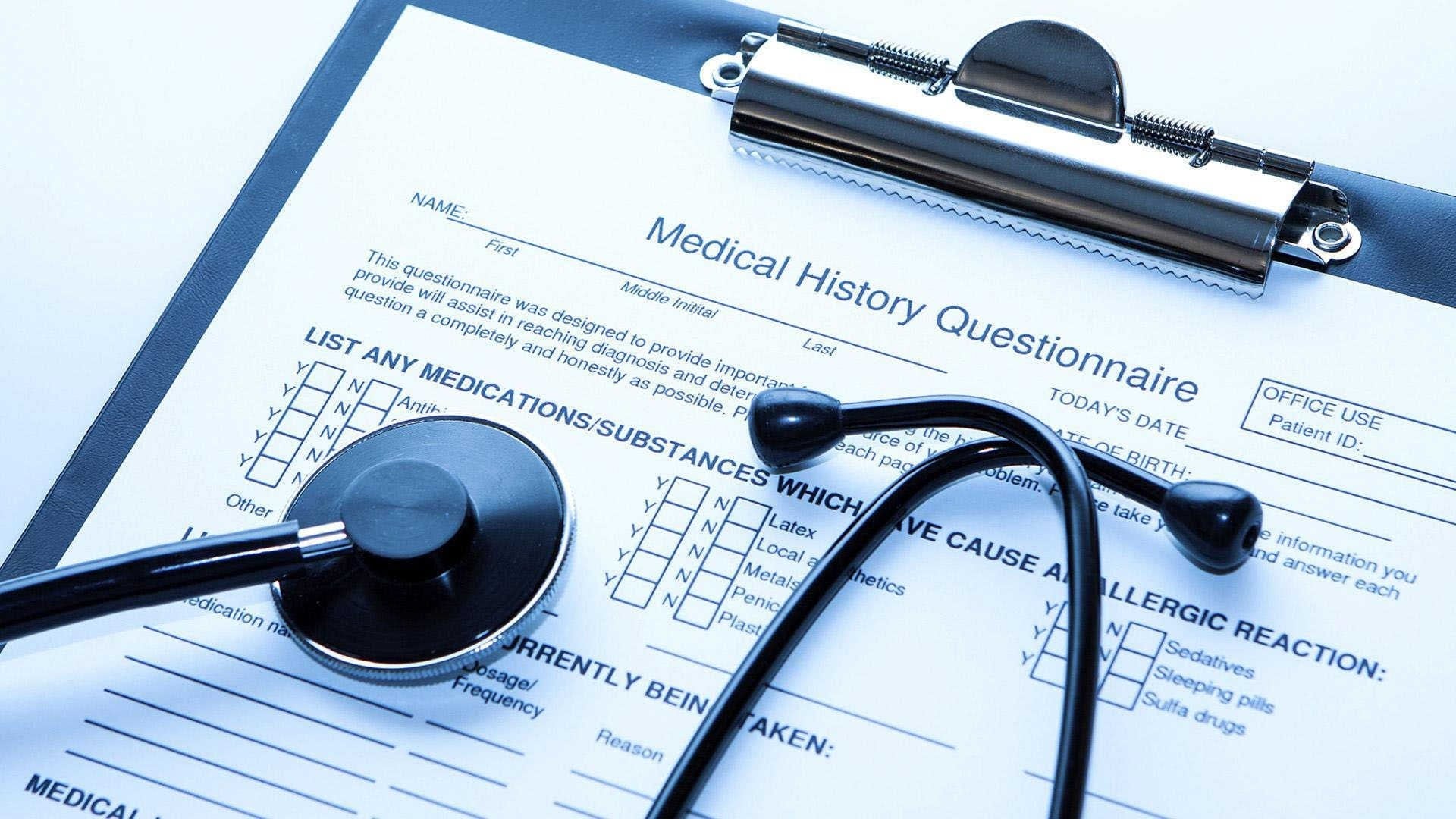What are antibiotics?

Antibiotics are powerful medicines that fight certain infections and can save lives when used properly. They either stop bacteria from reproducing or destroy them.
Before bacteria can multiply and cause symptoms, the immune system can typically kill them. White blood cells (WBCs) attack harmful bacteria and, even if symptoms do occur, the immune system can usually cope and fight off the infection.
Sometimes, however, the number of harmful bacteria is excessive, and the immune system cannot fight them all. Antibiotics are useful in this scenario.
The first antibiotic was penicillin. Penicillin-based antibiotics, such as ampicillin, amoxicillin, and penicillin G, are still available to treat a variety of infections and have been around for a long time.
Several types of modern antibiotics are available, and they are usually only available with a prescription in most countries. Topical antibiotics are available in over-the-counter (OTC) creams and ointments.
Some medical professionals have concerns that people are overusing antibiotics. They also believe that this overuse contributes toward the growing number of bacterial infections that are becoming resistant to antibacterial medications.
According to the Centers for Disease Control (CDC), outpatient antibiotic overuse is a particular problem. Antibiotic use appears to be higher in some regions, such as the Southeast.
Use of carbapenems, a major class of last-line antibiotics, increased significantly from 2007 to 2010.
Alexander Fleming, speaking in his Nobel Prize acceptance speech in 1945, said:
“Then there is the danger that the ignorant man may easily underdose himself and by exposing his microbes to non-lethal quantities of the drug, make them resistant.”
As the man who discovered the first antibiotic almost 70 years ago predicted, drug resistance is starting to become commonplace.
There are different types of antibiotic, which work in one of two ways:
- A bactericidal antibiotic, such as penicillin, kills the bacteria. These drugs usually interfere with either the formation of the bacterial cell wall or its cell contents.
- A bacteriostatic stops bacteria from multiplying.
Uses
A doctor prescribes antibiotics for the treatment of a bacterial infection. It is not effective against viruses.
Know whether an infection is bacterial or viral helps to effectively treat it.
Viruses cause most upper respiratory tract infections (URTIs), such as the common cold and flu. Antibiotics do not work against these viruses.
If people overuse antibiotics or use them incorrectly, the bacteria might become resistant. This means that the antibiotic becomes less effective against that type of bacterium, as the bacterium has been able to improve its defenses.
A doctor can prescribe a broad-spectrum antibiotic to treat a wide range of infections. A narrow-spectrum antibiotic is only effective against a few types of bacteria.
Some antibiotics attack aerobic bacteria, while others work against anaerobic bacteria. Aerobic bacteria need oxygen and anaerobic bacteria do not.
In some cases, a healthcare professional may provide antibiotics to prevent rather than treat an infection, as might be the case before surgery. This is the ‘prophylactic’ use of antibiotics. People commonly use these antibiotics before bowel and orthopedic surgery.
Antibiotics commonly cause the following side effects:
- diarrhea
- nausea
- vomiting
- rash
- upset stomach
- with certain antibiotics or prolonged use, fungal infections of the mouth, digestive tract, and vagina
Less common side effects of antibiotics include:
- formation of kidney stones, when taking sulphonamides
- abnormal blood clotting, when taking some cephalosporins)
- sensitivity to sunlight, when taking tetracyclines
- blood disorders, when taking trimethoprim
- deafness, when taking erythromycin and the aminoglycosides
Some people, especially older adults, may experience bowel inflammation, which can lead to severe, bloody diarrhea.
In less common instances, penicillins, cephalosporins, and erythromycin can also cause inflamed bowels.
Some people may develop an allergic reaction to antibiotics, especially penicillins. Side effects might include a rash, swelling of the tongue and face, and difficulty breathing.
Allergic reactions to antibiotics might be immediate or delayed hypersensitivity reactions.
Anyone who has an allergic reaction to an antibiotic must tell their doctor or pharmacist. Reactions to antibiotics can be serious and sometimes fatal. They are called anaphylactic reactions.
People with reduced liver or kidney function should be cautious when using antibiotics. This may affect the types of antibiotics they can use or the dose they receive.
Likewise, women who are pregnant or breast-feeding should speak with a doctor about the best antibiotics to take.
Individuals taking an antibiotic should not take other medicines or herbal remedies without speaking with a doctor first. Certain OTC medicines might also interact with antibiotics.
Some doctors suggest that antibiotics can reduce the effectiveness of oral contraceptives. However, research does not generally support this.
Nonetheless, people who experience diarrhea and vomiting or are not taking their oral contraceptive during illness because of an upset stomach might find that its effectiveness reduces.
In these circumstances, take additional contraceptive precautions.
People usually take antibiotics by mouth. However, doctors can administer them by injection or apply them directly to the part of the body with infection.
Most antibiotics start combating infection within a few hours. Complete the whole course of medication to prevent the return of the infection.
Stopping the medication before the course has finished increases the risk that the bacteria will become resistant to future treatments. The ones that survive will have had some exposure to the antibiotic and may consequently develop resistance to it.
An individual needs to complete the course of antibiotic treatment even after they see an improvement in symptoms.
Do not take some antibiotics with certain foods and drinks. Take others on an empty stomach, about an hour before meals, or 2 hours after. Follow the instructions correctly for the medication to be effective. People taking metronidazole should not drink alcohol.
Avoid dairy products when taking tetracyclines, as these might disrupt the absorption of the medication.







